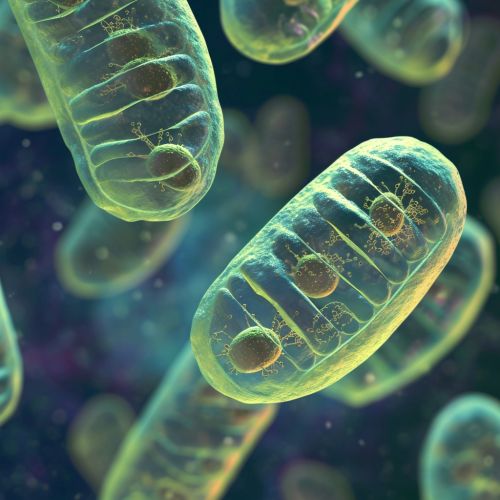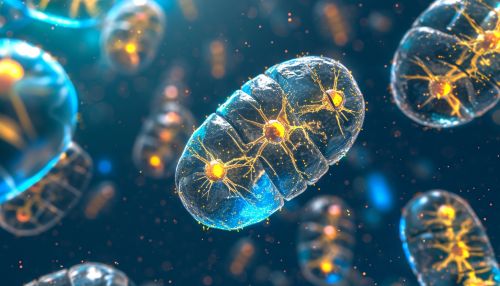Mitochondrial Diseases
Introduction
Mitochondrial diseases are a group of disorders caused by dysfunctional mitochondria, the organelles that generate energy for the cell. Mitochondria are found in every cell of the human body except red blood cells, and convert the energy of food molecules into the ATP that powers most cell functions.


Etiology
Mitochondrial diseases are usually due to mutations, or changes, in genes that encode proteins involved in the oxidative phosphorylation pathway. These mutations can be in mitochondrial DNA (mtDNA) or in nuclear DNA (nDNA). Mitochondrial diseases can also be caused by acquired mitochondrial dysfunction due to adverse effects of drugs, infections, or other environmental causes.
Pathophysiology
The pathophysiology of mitochondrial diseases is complex due to the dual genetic control of the mitochondrial function and the fact that affected individuals have a mixture of normal and mutant mtDNA, a condition known as heteroplasmy. The proportion of mutant mtDNA varies from organ to organ and individual to individual, which contributes to the wide range of clinical presentations observed in mitochondrial diseases.
Clinical Presentation
The clinical presentation of mitochondrial diseases is highly variable. Symptoms can range from mild to severe, and can affect a single organ or multiple organ systems. The most common symptoms include muscle weakness, cardiac disease, diabetes, stunted growth, liver disease, and neurological problems. Some individuals may also have additional symptoms that are not typically associated with mitochondrial diseases, such as hearing loss, visual impairment, or learning disabilities.
Diagnosis
Diagnosis of mitochondrial diseases can be challenging due to their variable clinical presentation. The diagnosis is usually based on clinical symptoms, laboratory findings (such as elevated lactate levels), and the results of muscle biopsy. Genetic testing can also be used to identify mutations in the mtDNA or nDNA that cause the disease.
Treatment
There is currently no cure for mitochondrial diseases. Treatment is supportive and aims to manage symptoms and slow the progression of the disease. This can include physical therapy, respiratory therapy, and the use of medications to manage specific symptoms. In some cases, dietary modifications and vitamins may also be recommended.
Prognosis
The prognosis for individuals with mitochondrial diseases varies greatly and depends on the specific type of disease, the organs affected, and the severity of symptoms. Some individuals have a normal lifespan with mild symptoms, while others may have severe, life-threatening complications.
Research Directions
Research into mitochondrial diseases is ongoing and focuses on understanding the genetic basis of these diseases, developing new diagnostic methods, and finding effective treatments. This includes research into gene therapy, which holds promise for the treatment of diseases caused by mtDNA mutations.
